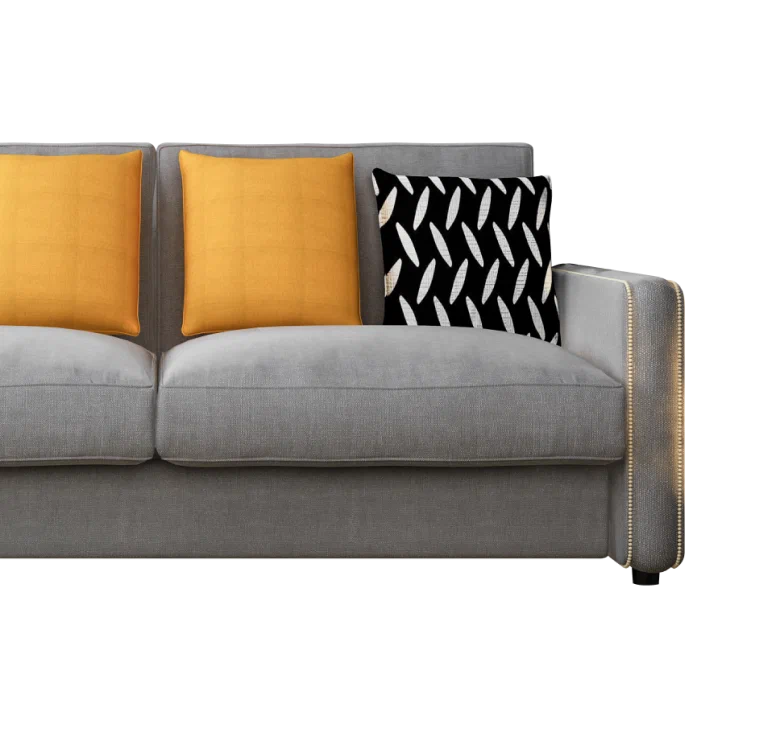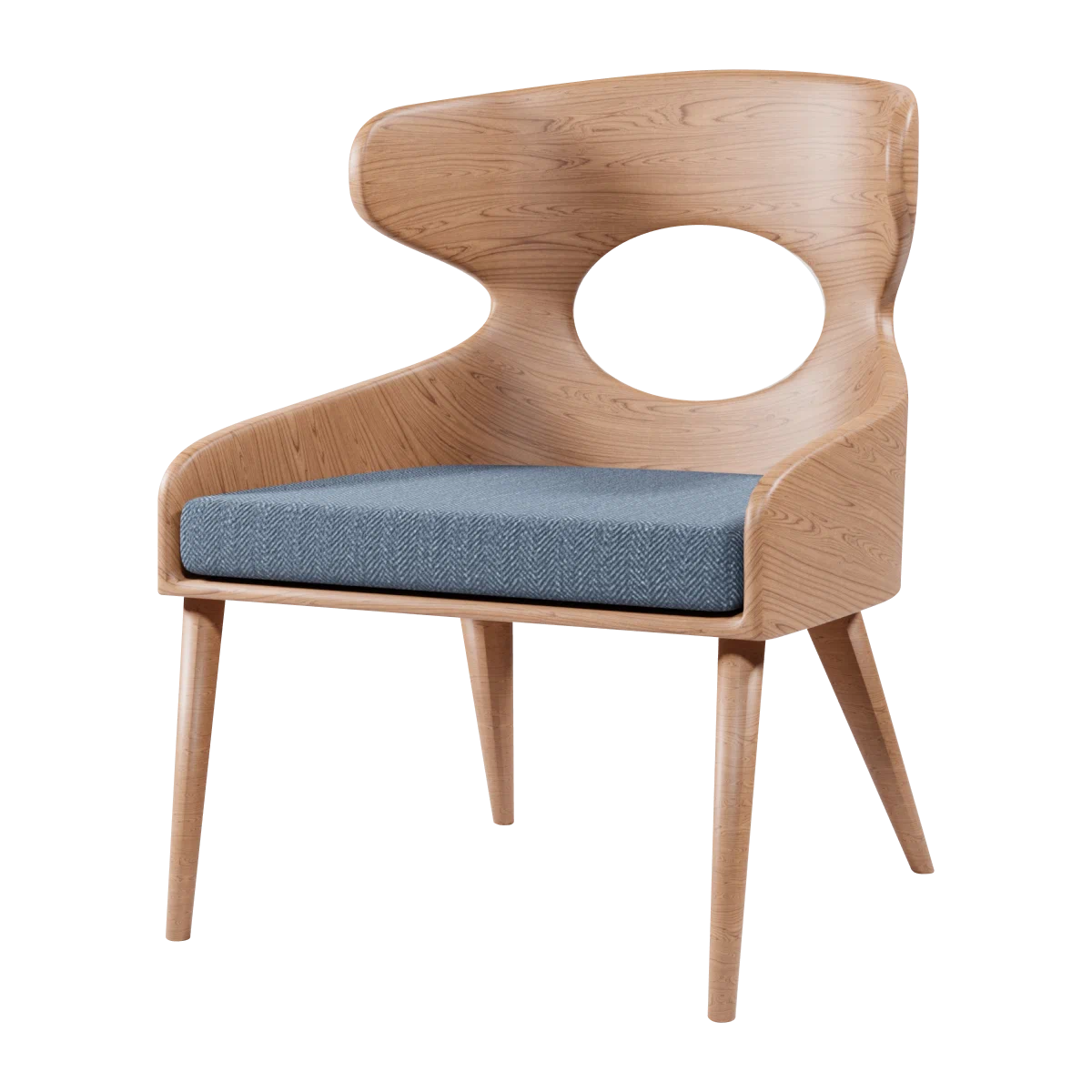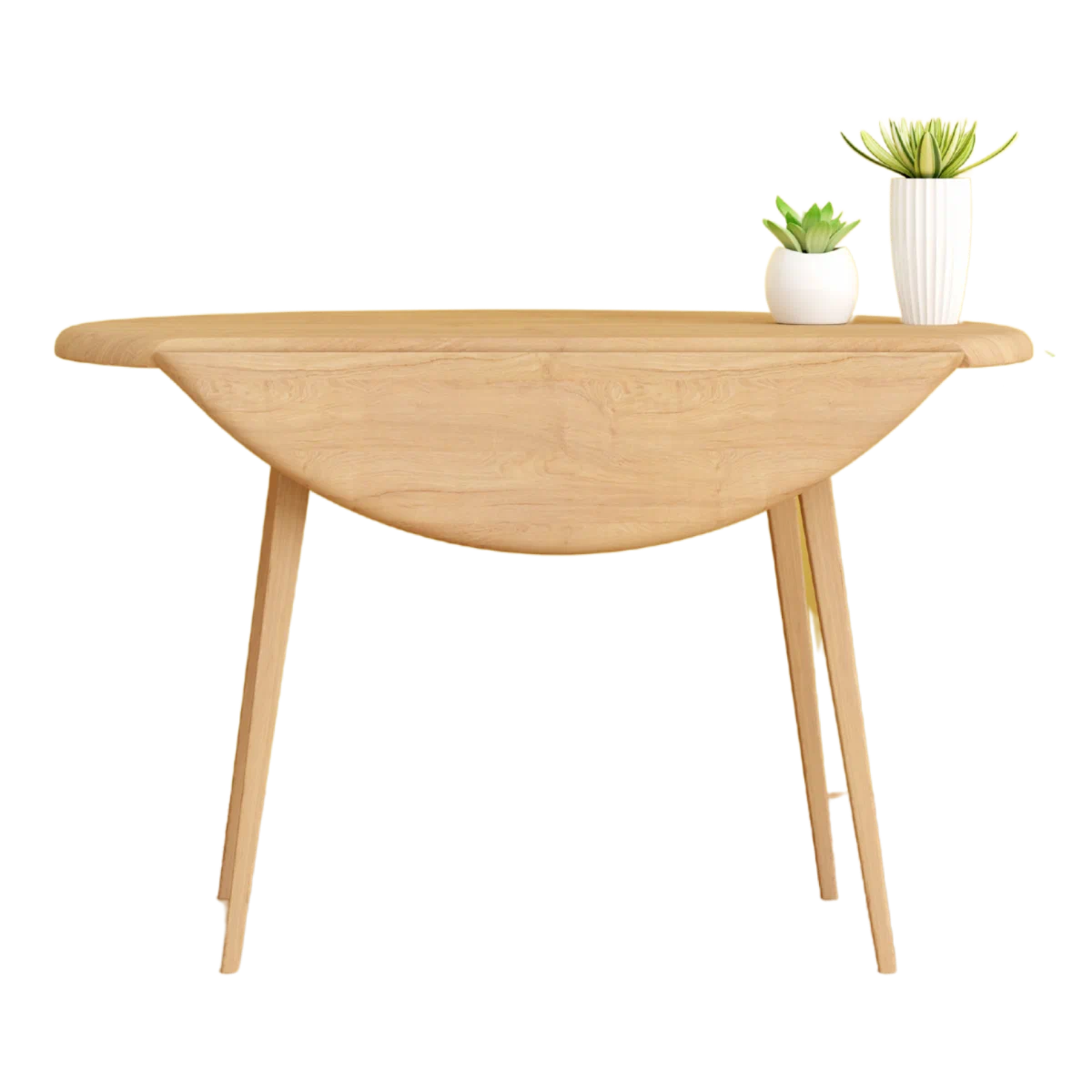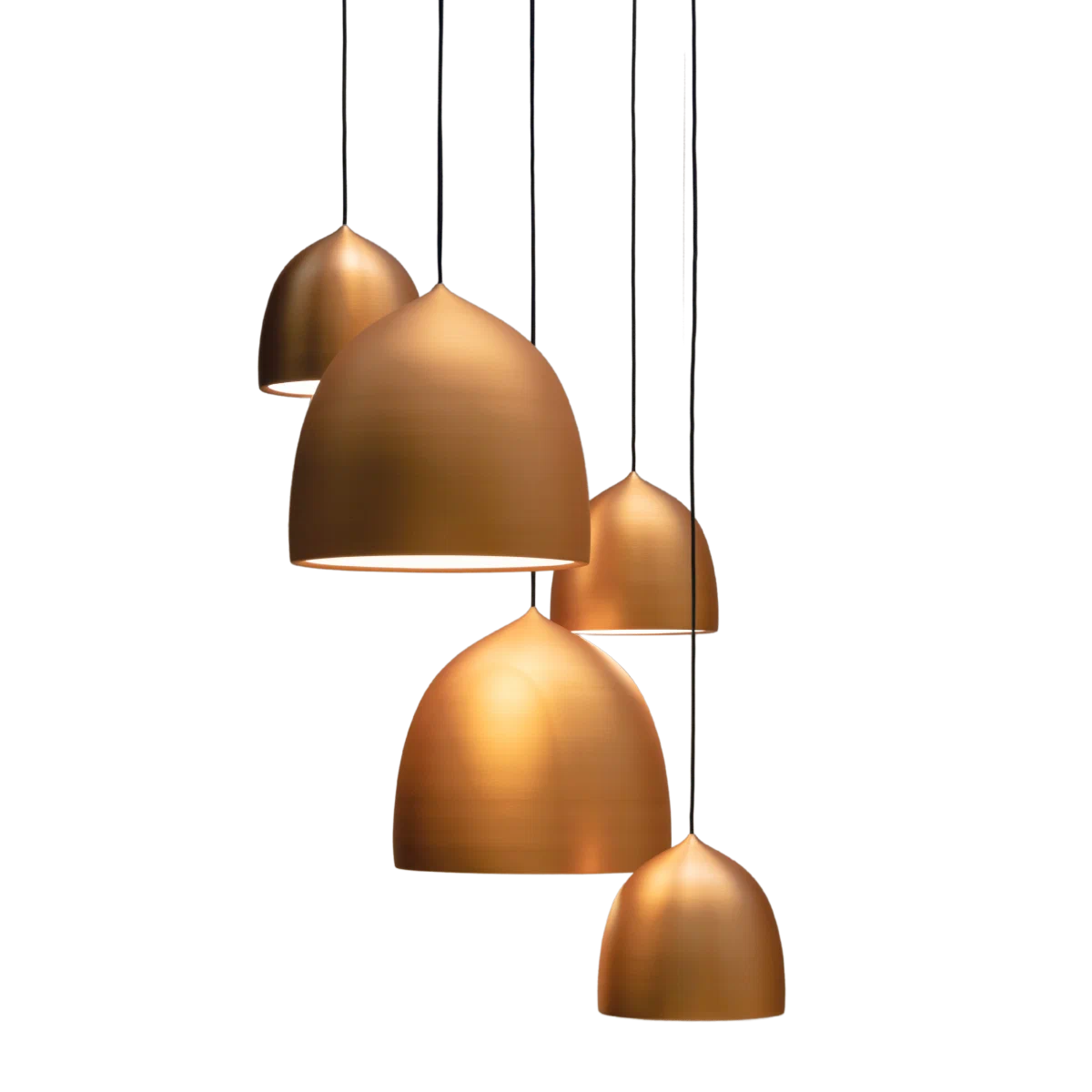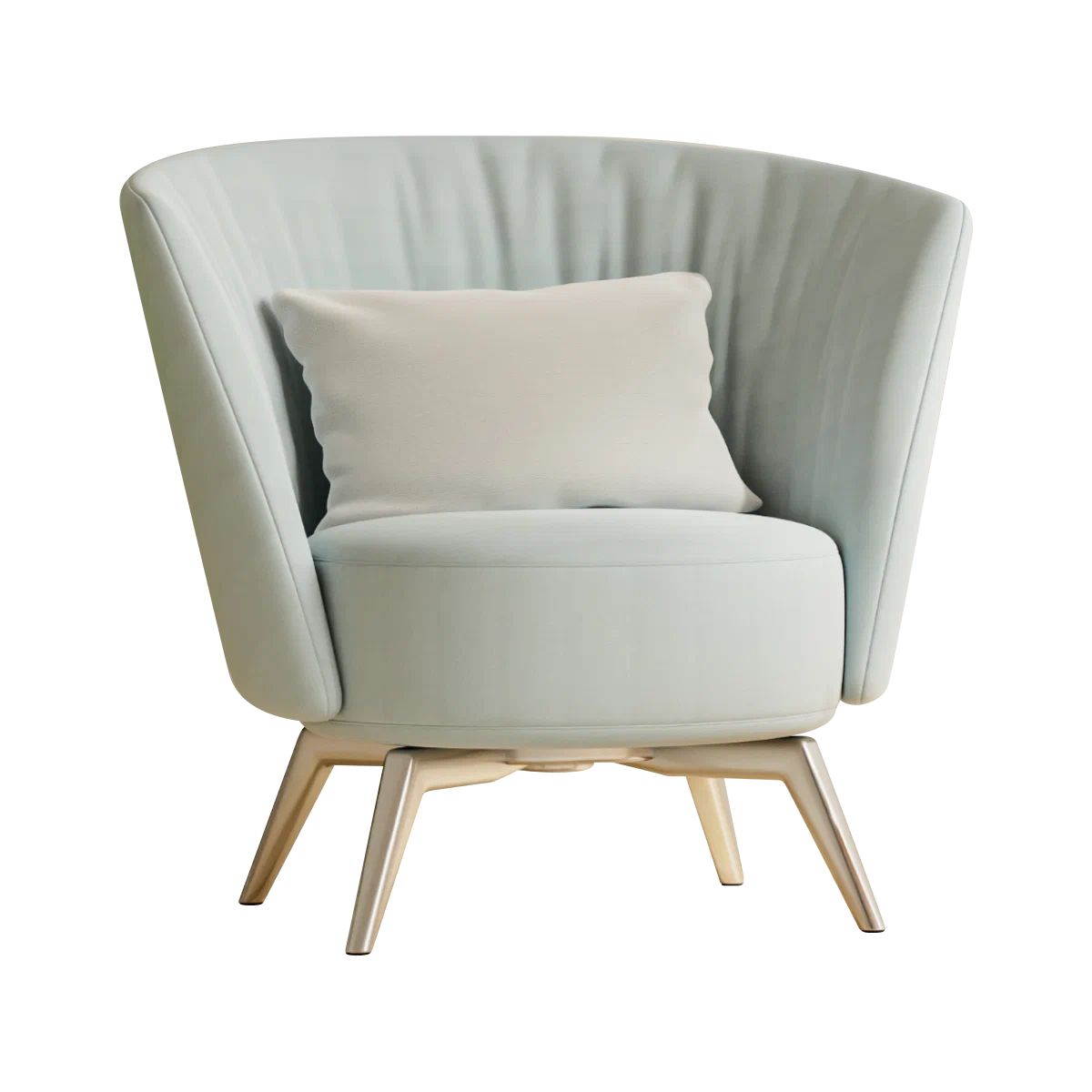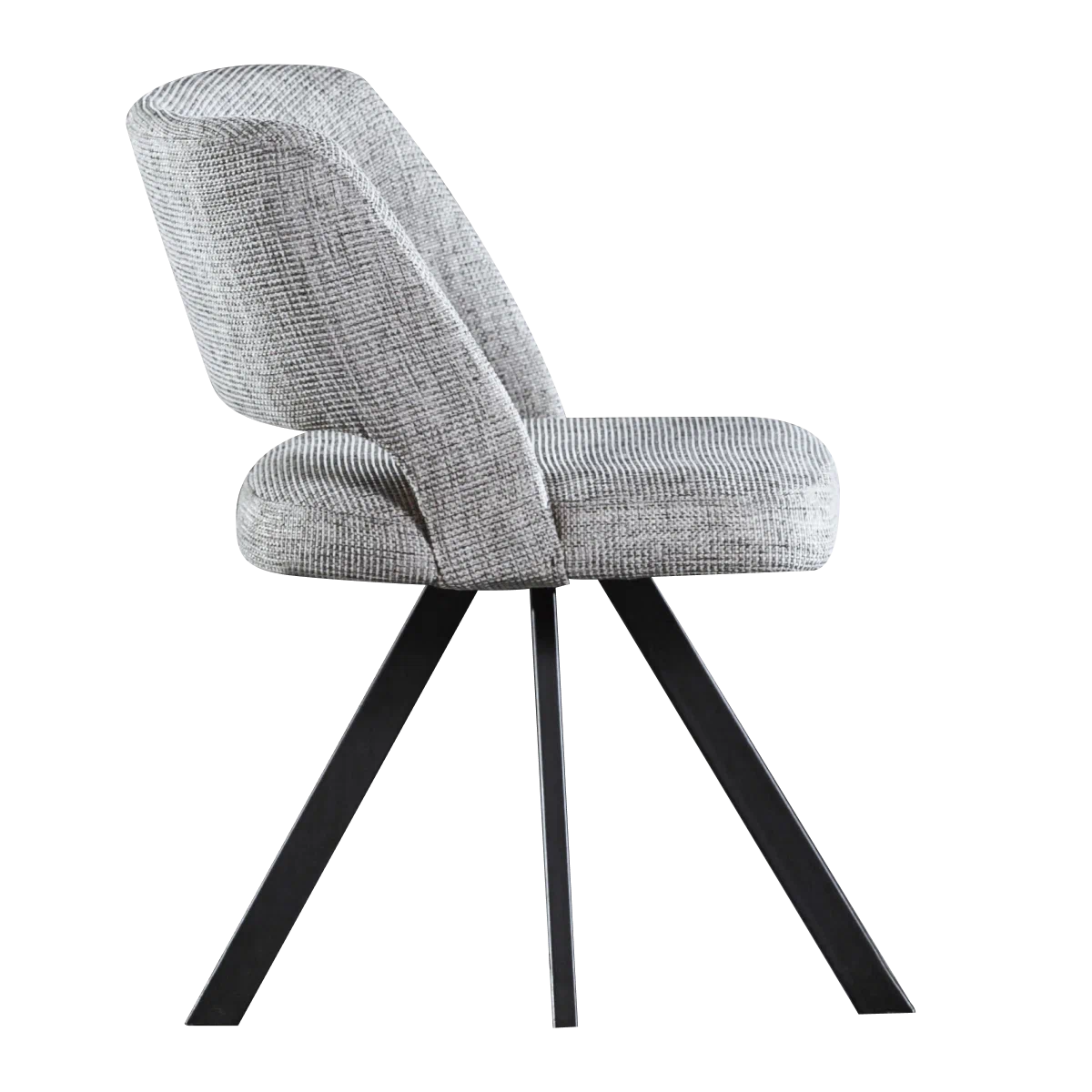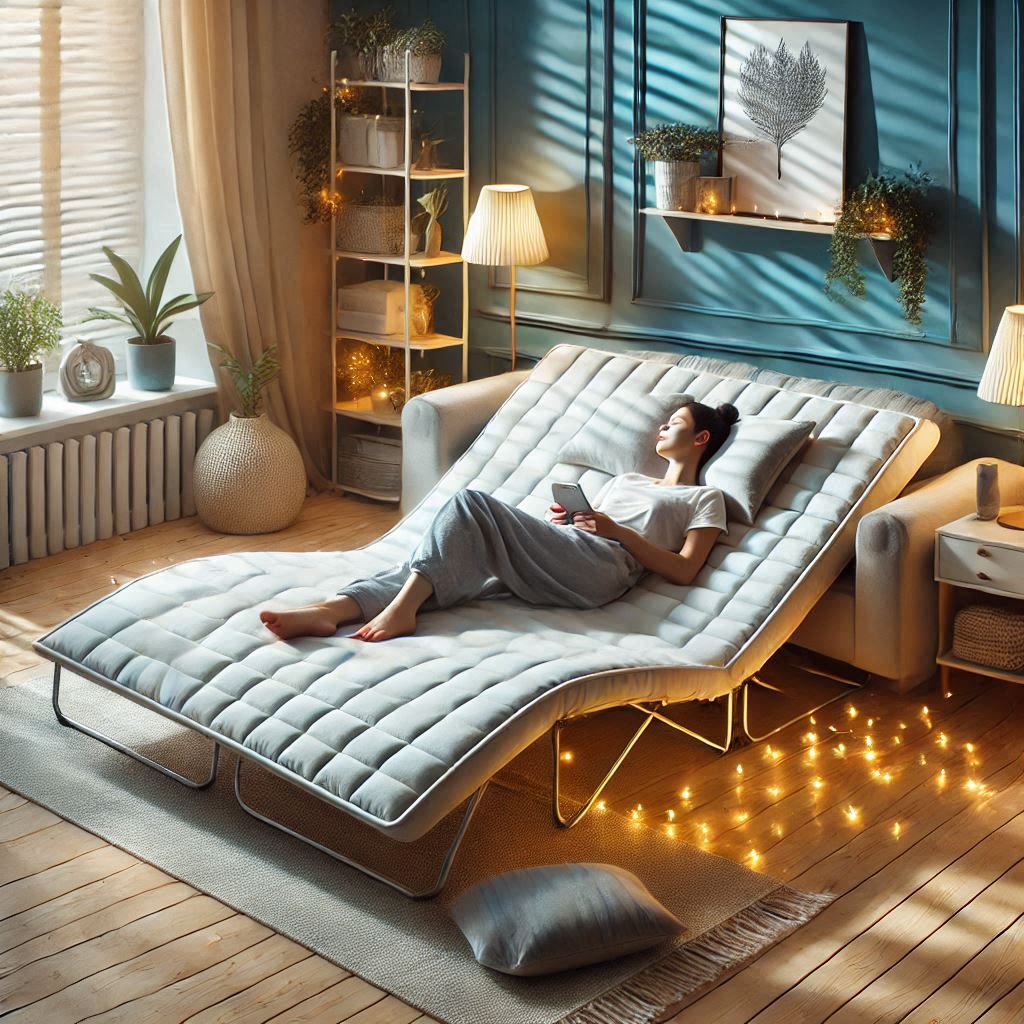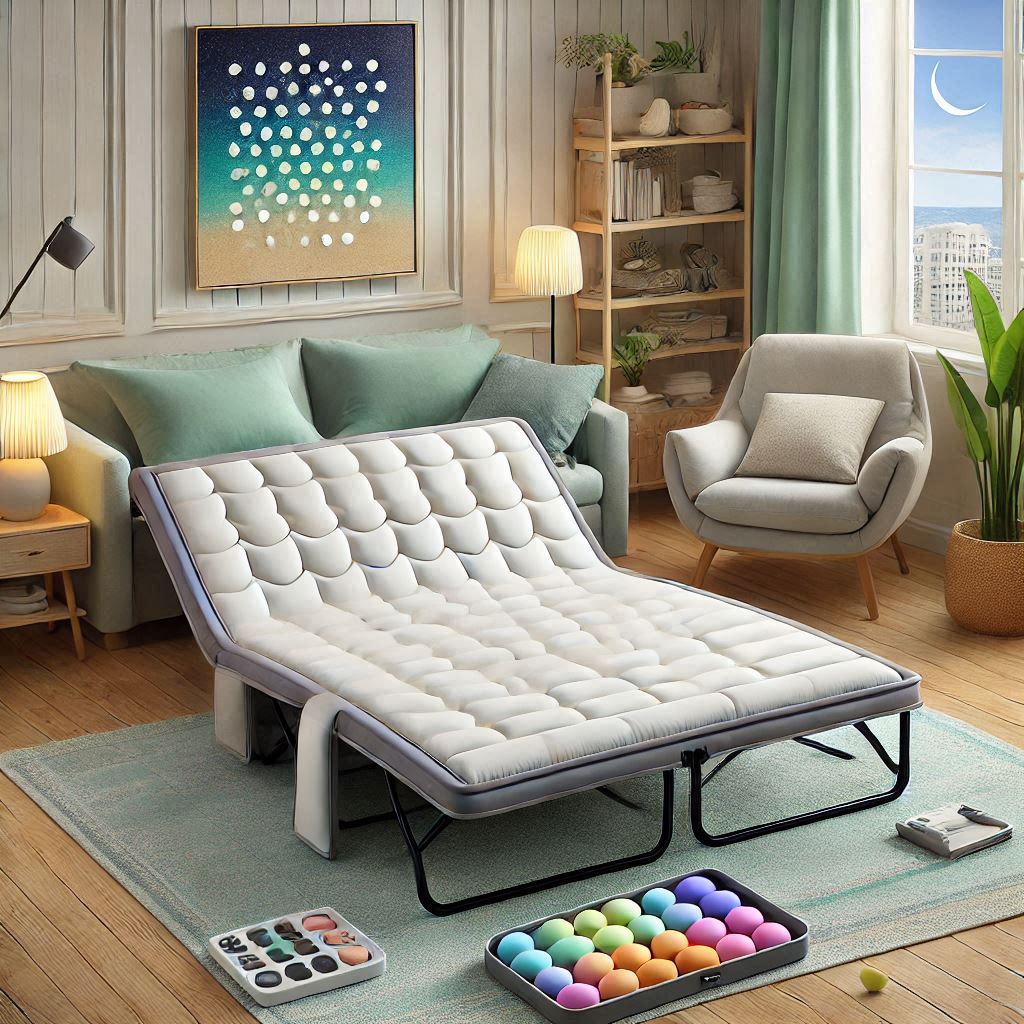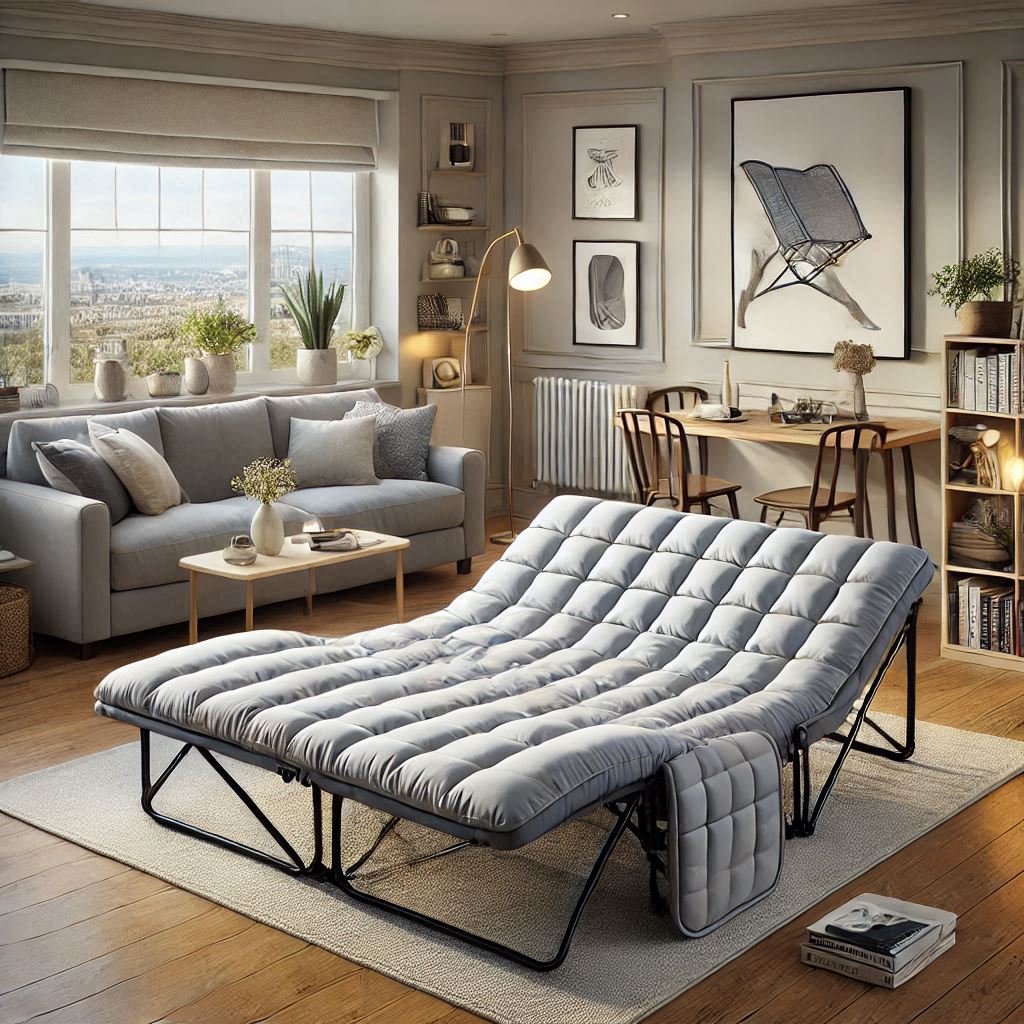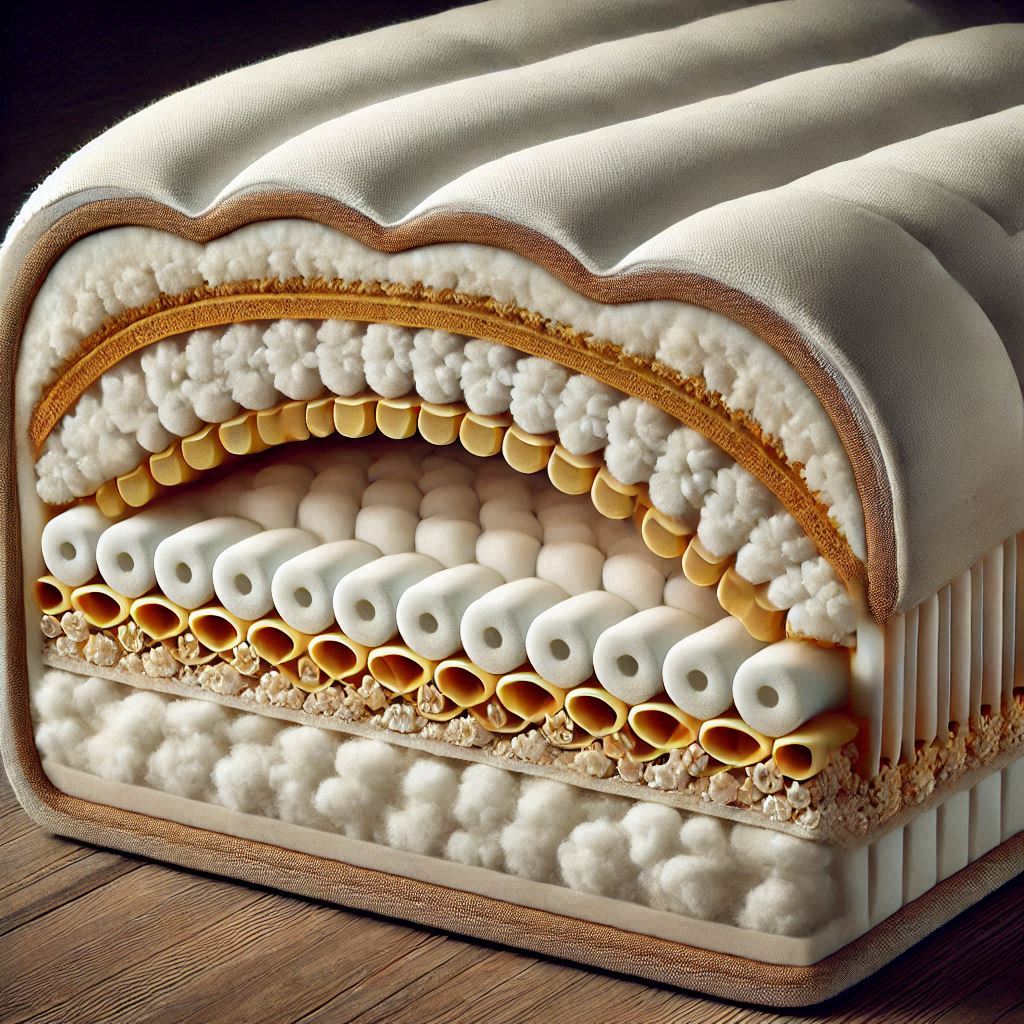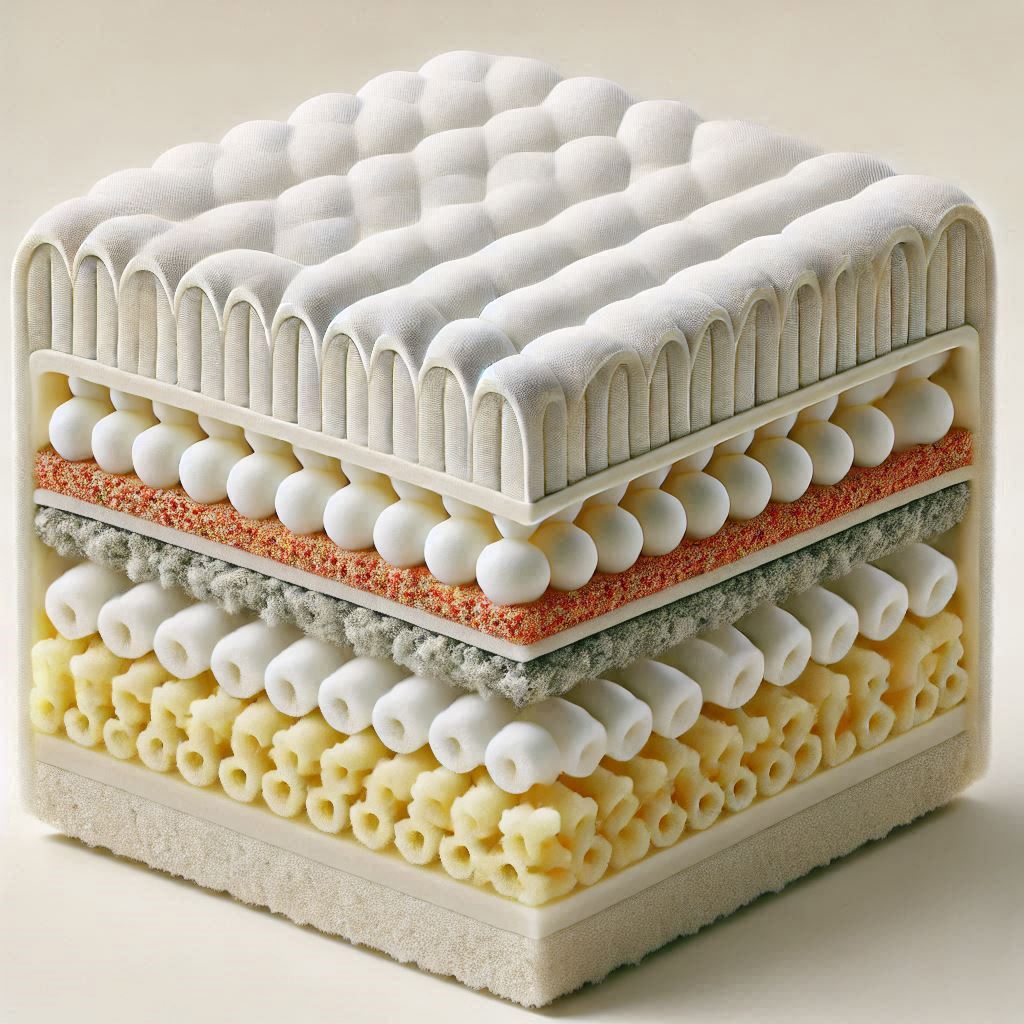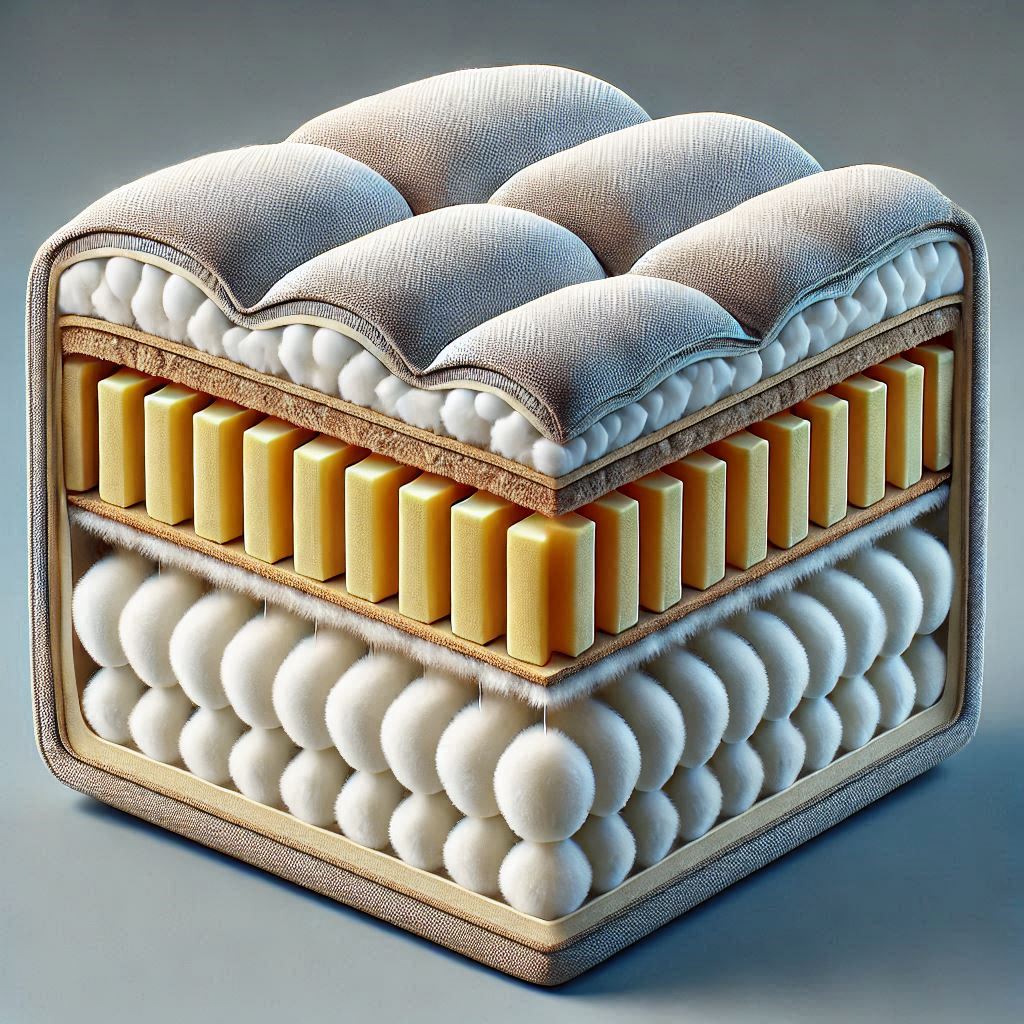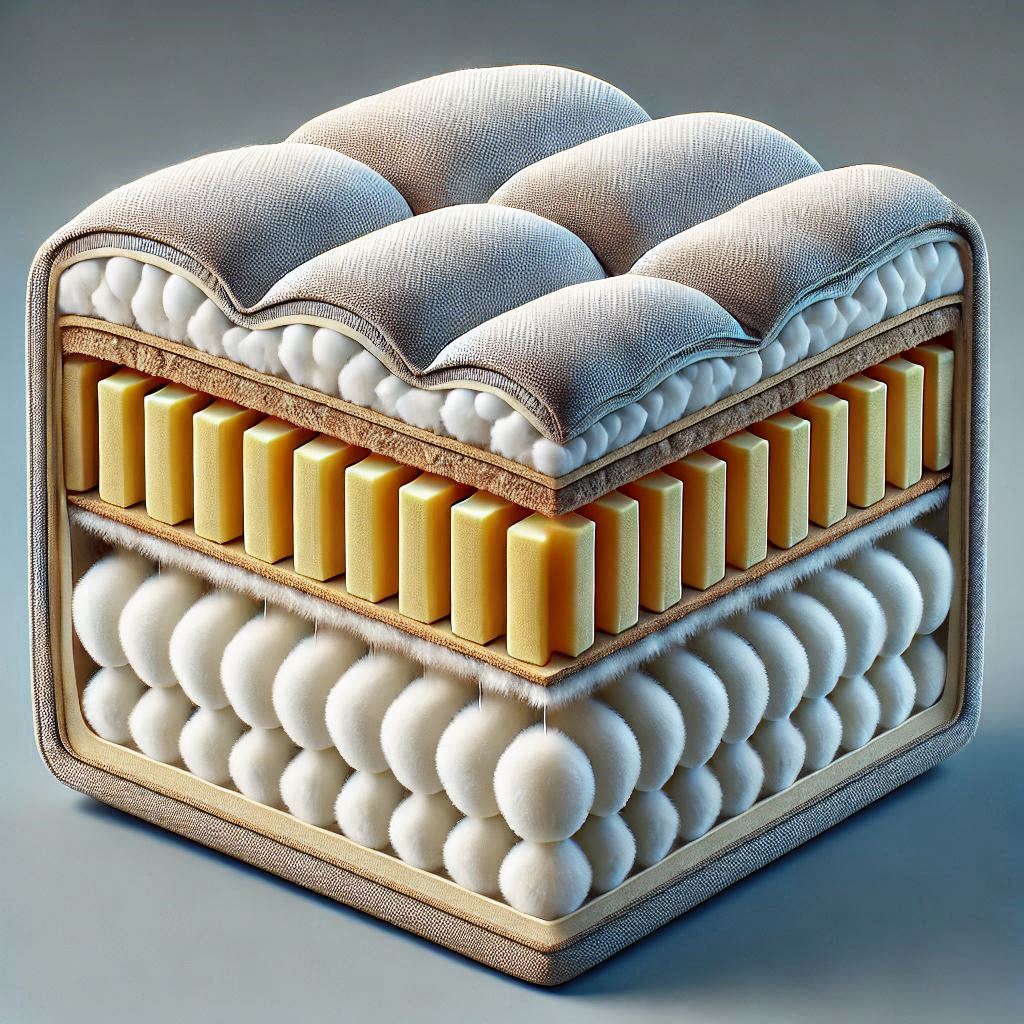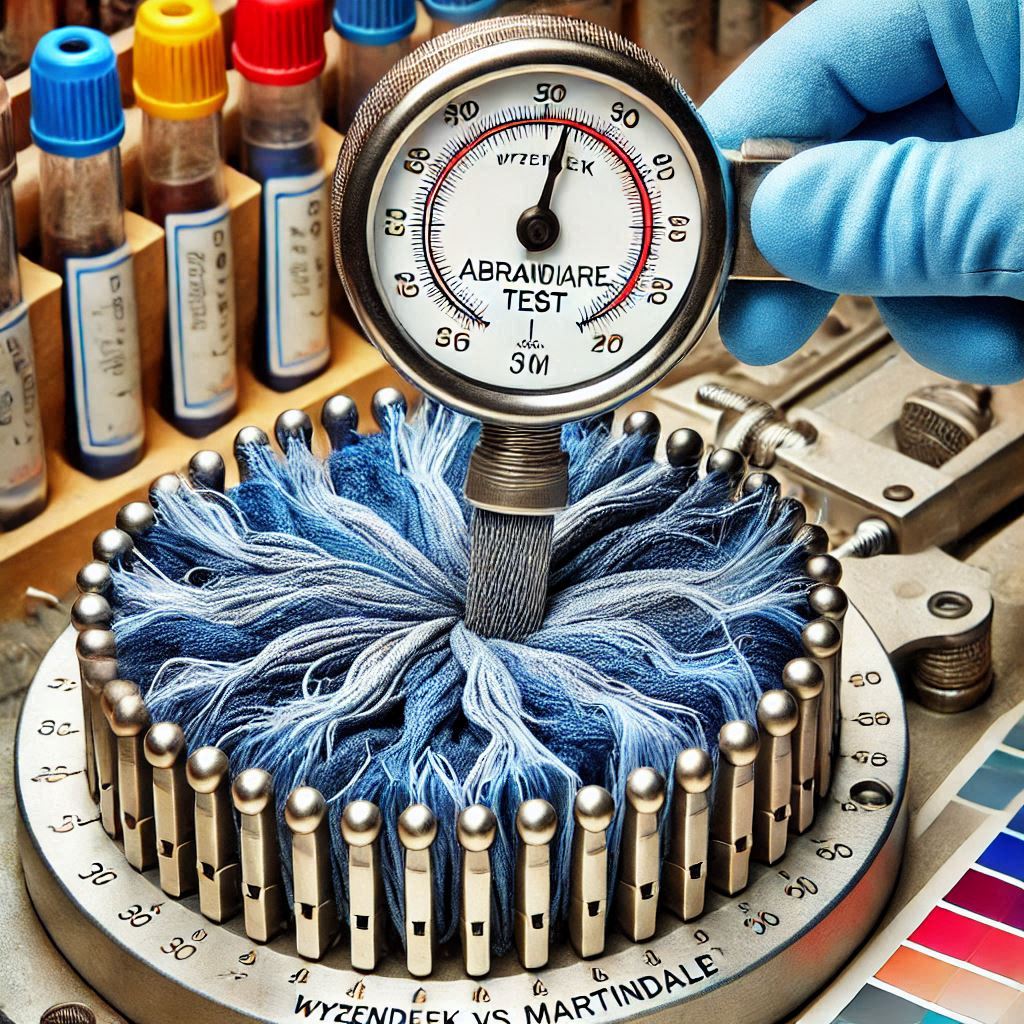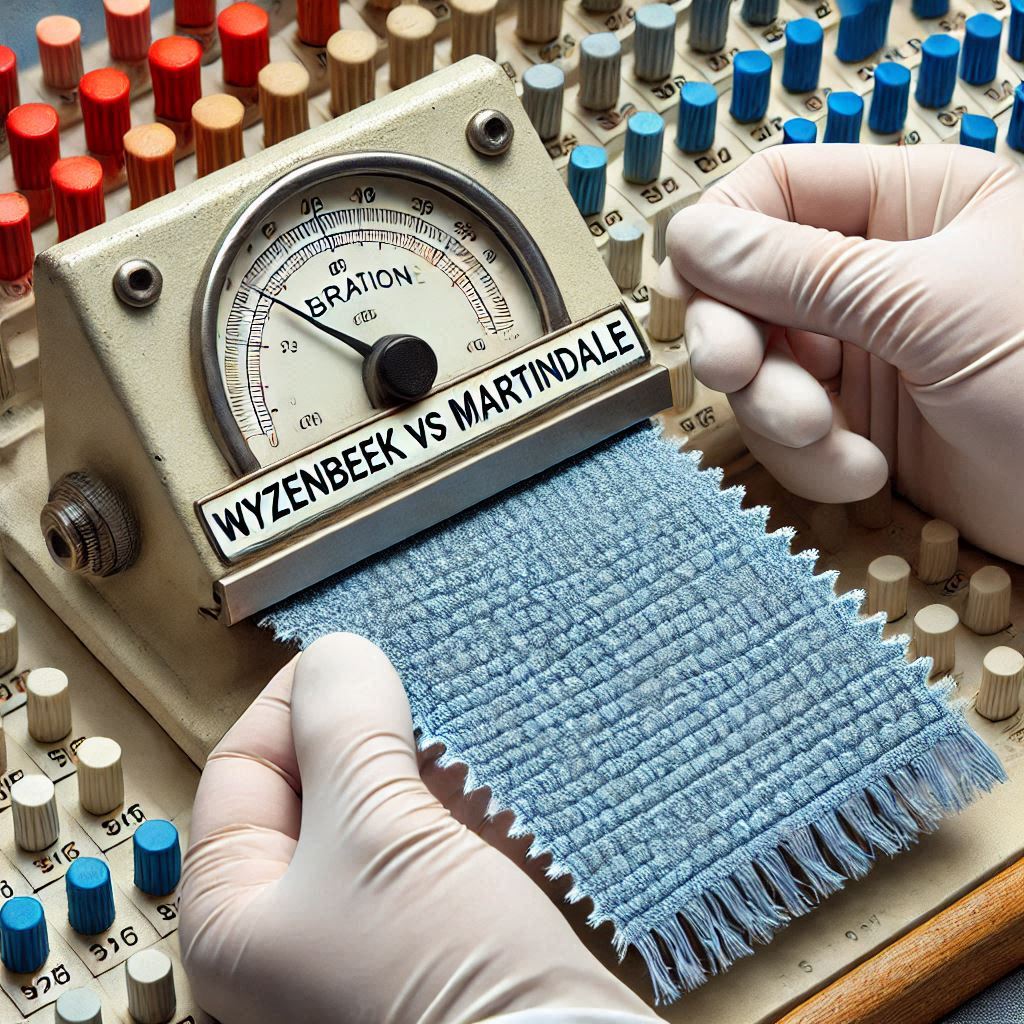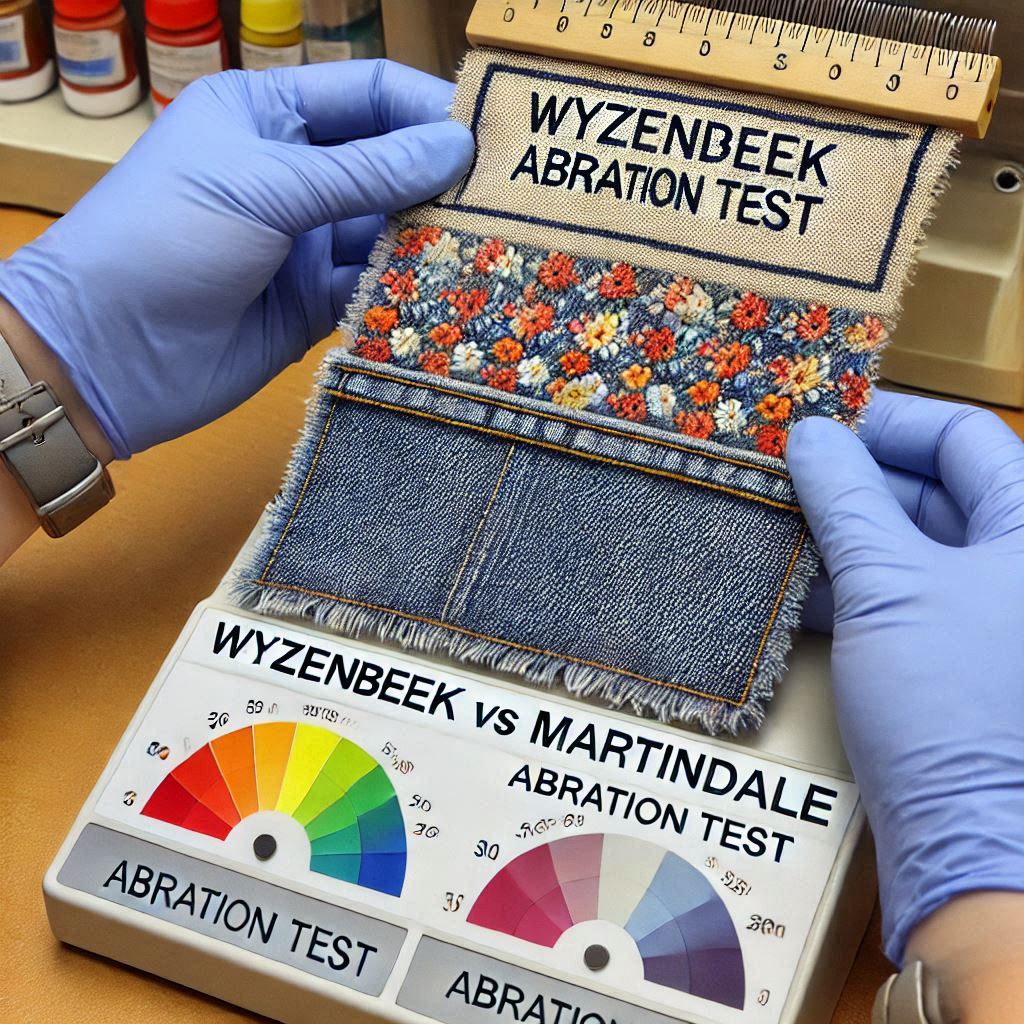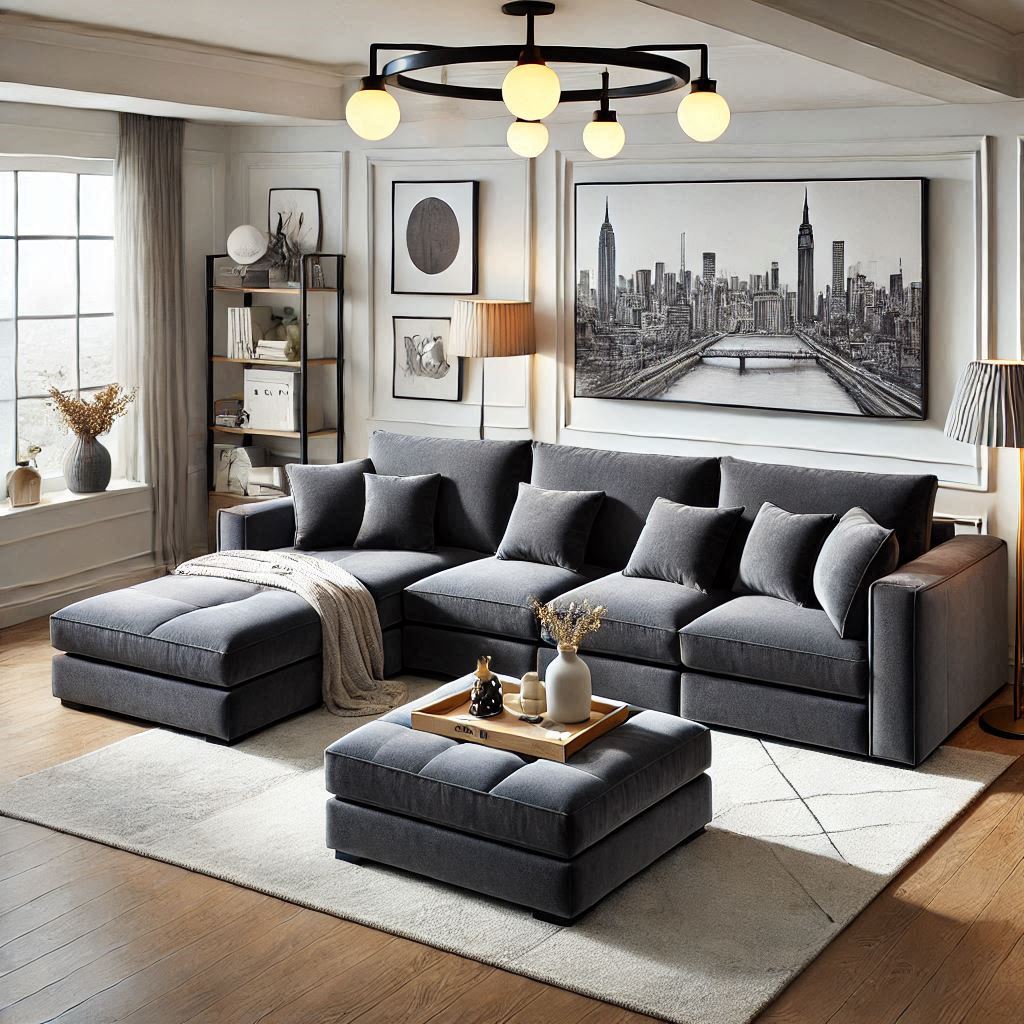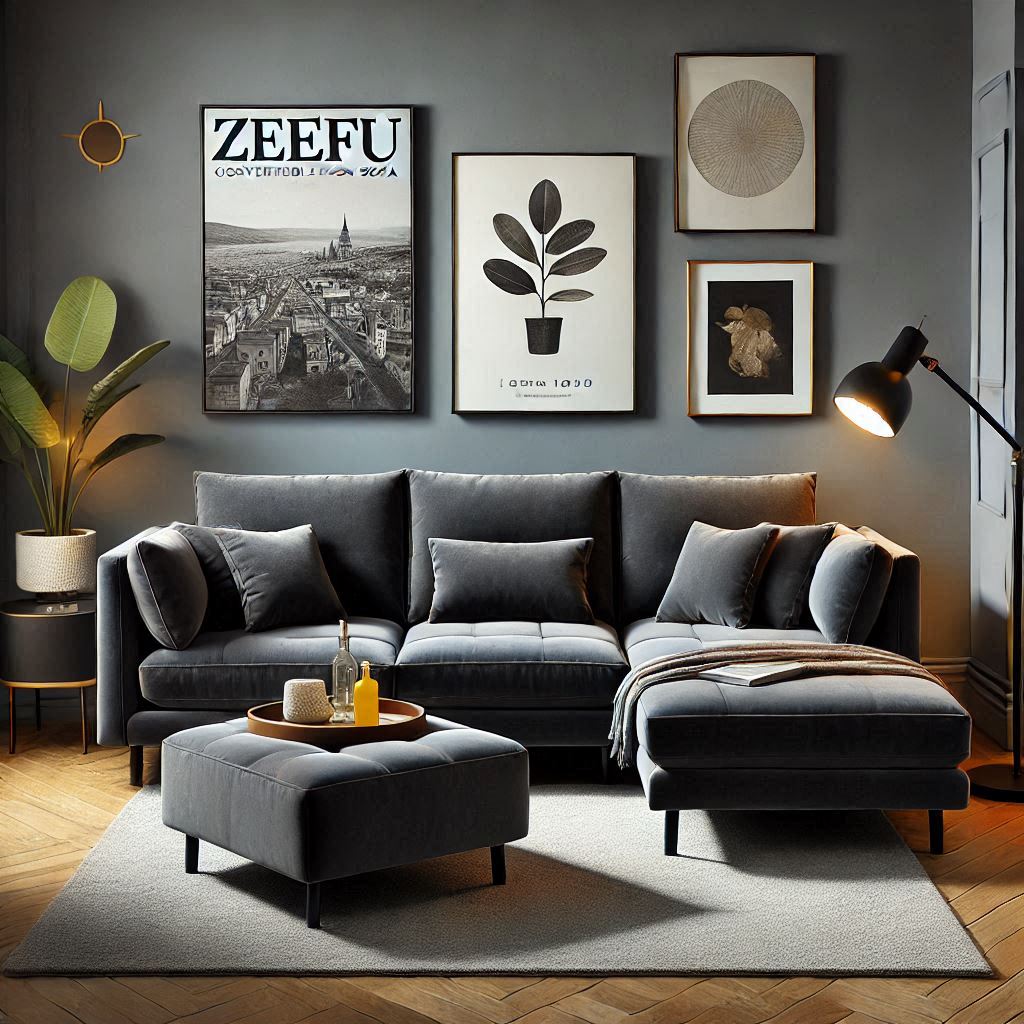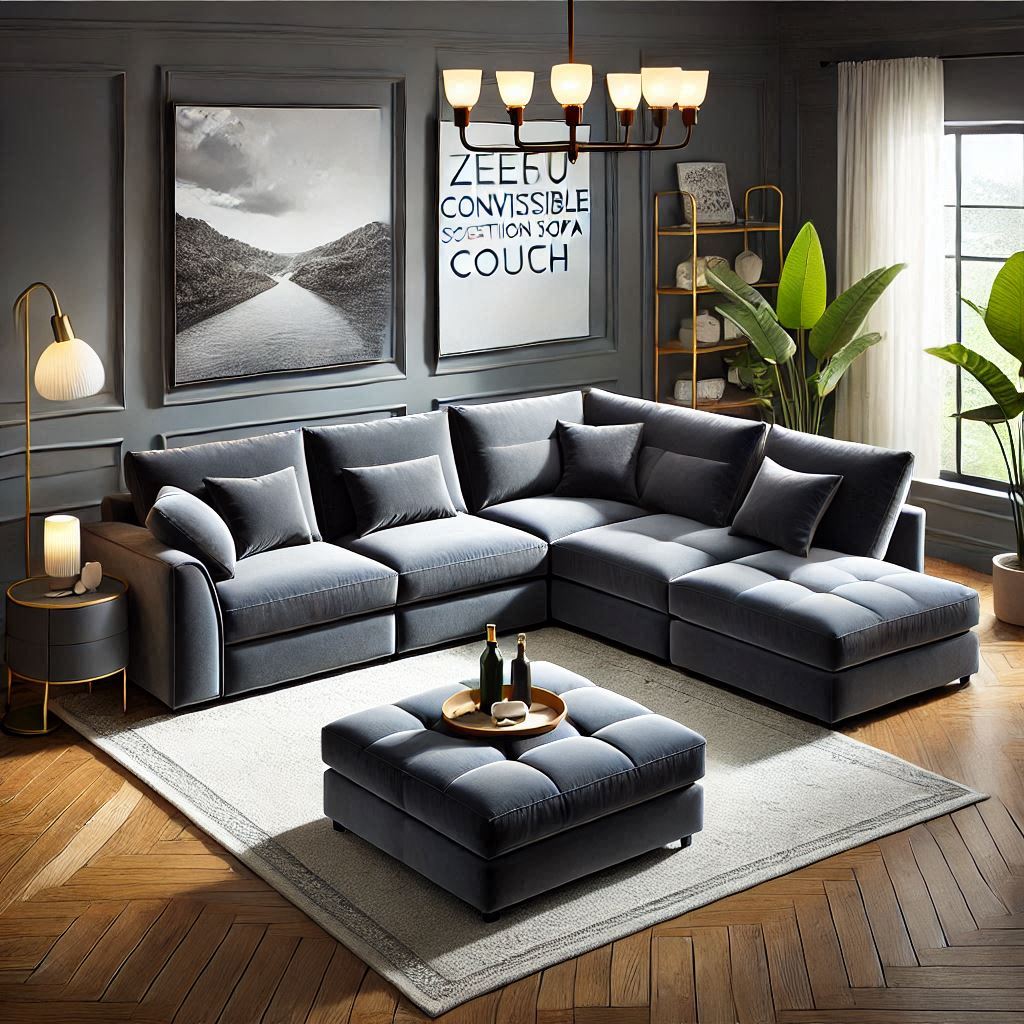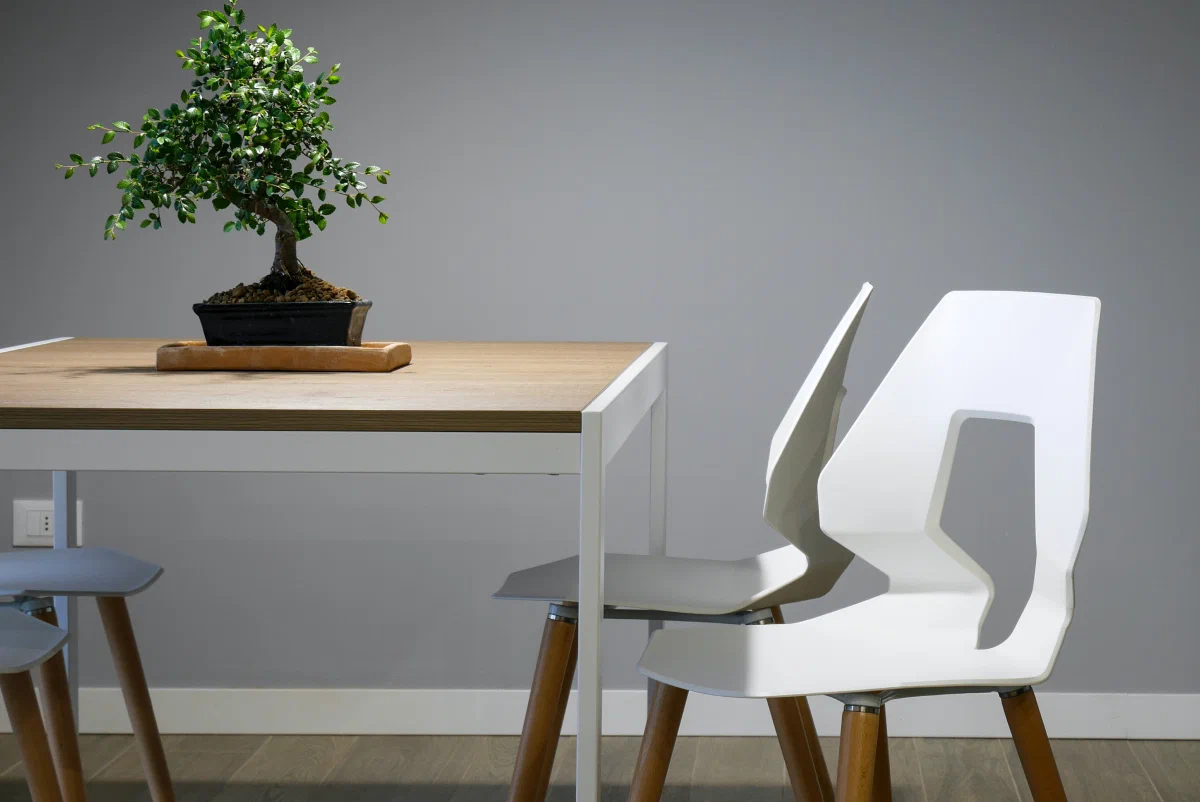
Most Confortable Sectional Sofas Under $2,000: A Quick Guide to Budget-Friendly Comfort
December 18, 2024
How to Choose a Stylish and Kid-Friendly Sectional Sofa (Because You Deserve a Chic Oasis, Even with Tiny Humans Around)
December 19, 2024
Most Confortable Sectional Sofas Under $2,000: A Quick Guide to Budget-Friendly Comfort
December 18, 2024
How to Choose a Stylish and Kid-Friendly Sectional Sofa (Because You Deserve a Chic Oasis, Even with Tiny Humans Around)
December 19, 2024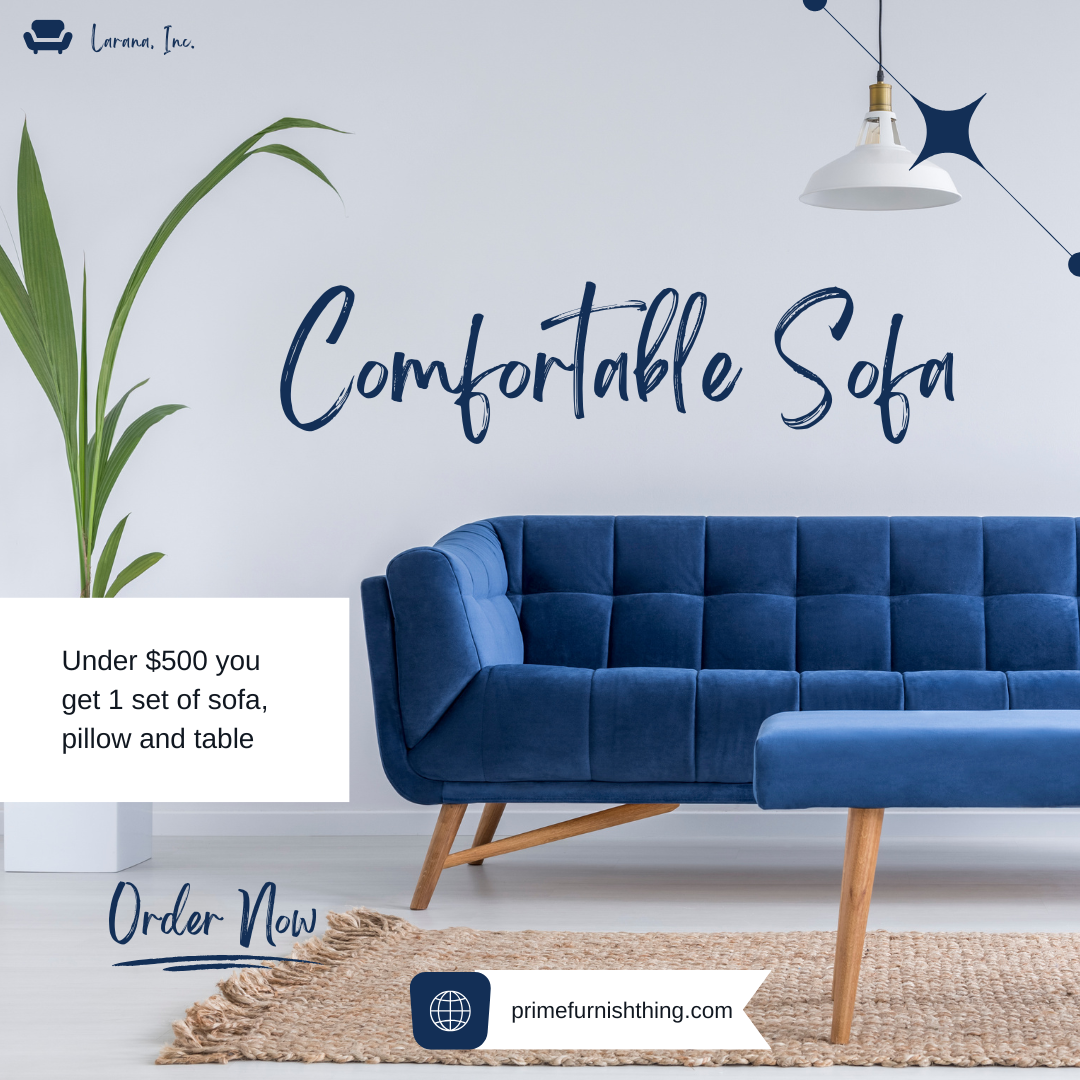
10 Tips to Check Sofa Durability: The Ultimate Guide (Because Your Sofa Should Be as Fabulous as You Are)
Table of contents
ShowHideOkay, design lovers, let's talk sofas. That comfy haven where you binge-watch your favorite shows, host impromptu dance parties, and maybe even shed a tear or two during a particularly emotional movie marathon. But before you swipe that credit card, let's make sure your sofa investment is built to last. Here are 10 expert tips to ensure your next sofa can handle all the love (and maybe a little chaos) you throw its way:
Buying a sofa is a big deal! It's the heart of your living room, the spot where you binge-watch your favorite shows, and maybe even sneak in a nap (no judgment!). But before you fall head over heels for a pretty face, you've got to make sure it's got the stamina to go the distance. Here's the lowdown on how to find a sofa that's as durable as it is stylish:
How to Test Sofa Durability (Don't Be Afraid to Get Hands-On!)
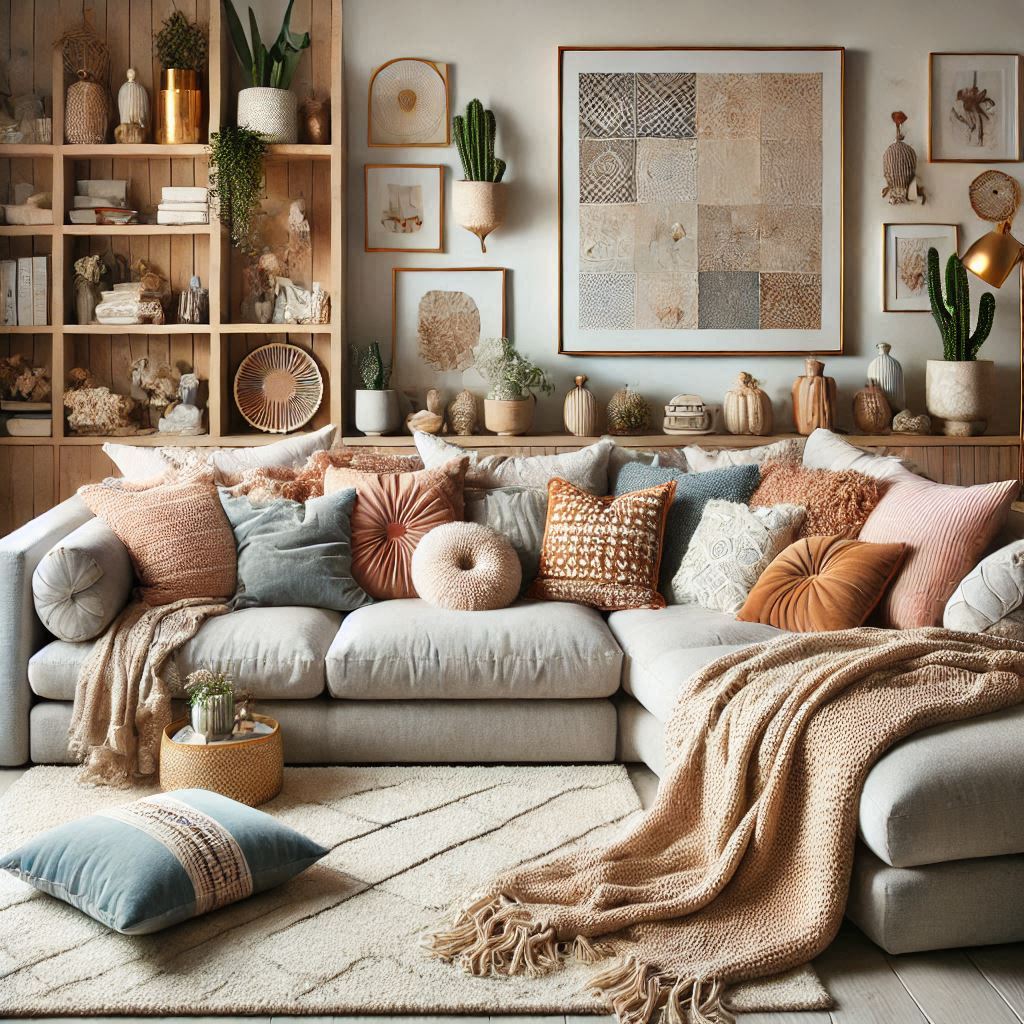
To test sofa durability, check the frame for sturdiness, assess cushion resilience, inspect seam strength, and listen for any creaking sounds.
Honey, testing a sofa's durability is like a first date – you gotta get a little hands-on to see if there's a real connection. Here's your step-by-step guide to putting that sofa through its paces:
- The Frame Fling: Gently push and pull on the sofa's arms and back. Does it feel solid and stable? Or does it wobble like a newborn giraffe? A well-built sofa should have minimal give .
- The Cushion Bounce: Give those cushions a good press. Do they spring back with gusto? Or do they resemble a sad, deflated balloon? High-quality cushions should be resilient and quickly regain their shape.
- The Seam Scrutiny: Inspect the seams like a hawk. Are they tight and reinforced? Or are there loose threads and uneven seams that scream "cheap and cheerful"? We want quality, not a quick fix.
- The Sound Check: Sit down abruptly (yes, like you just spotted a spider!) and listen for any creaking or cracking sounds. Silence is golden here – any noise could indicate a weak frame or loose joints.
Sofa Durability Checklist (Your Guide to a Long-Lasting Love Affair)
A sofa durability checklist includes: hardwood frame, reinforced joinery, durable fabric (30,000+ rub count), high-density foam cushions, strong springs, and a warranty.
Before you commit to that sofa, make sure it checks all the boxes on this durability checklist:

- Frame: Kiln-dried hardwood (like oak or ash) is the gold standard for sofa frames. It's strong, durable, and less likely to warp or crack over time.
- Joinery: Look for joints that are reinforced with dowels, brackets, or screws. These are the signs of true craftsmanship. Avoid frames held together solely by staples or glue – those are more likely to loosen over time.
- Suspension: The suspension system is what provides support and prevents sagging. Look for 8-way hand-tied springs or sinuous steel springs – these are the gold standard for sofa durability .
- Cushions: High-density foam is your cushion hero. It's resilient, supportive, and less likely to sag or lose its shape. Bonus points if it's wrapped in a layer of polyester or down for added softness and comfort.
- Fabric: Choose a fabric that can handle life. Leather, microfiber, and tightly woven textiles are all great options for durability and stain resistance.
- Warranty: A solid warranty is your safety net. Think of it as a design insurance policy. The longer the warranty, the better. Aim for at least 5-10 years on the frame and structure.
How to Check Sofa Quality (Beyond the Basics, Darling)
To check sofa quality, inspect the frame for hardwood, assess cushion firmness and filling, examine stitching and seams, and check for warranties.

Durability is just one piece of the puzzle. Here's how to assess a sofa's overall quality:
- Craftsmanship: Pay attention to the details, darling! Are the patterns aligned? Are the seams smooth and even? Are the legs sturdy and well-attached? These are all signs of quality craftsmanship.
- Materials: High-quality materials equal a high-quality sofa. Look for hardwood frames, top-grain leather, and durable fabrics with a high rub count.
- Comfort and Ergonomics: A sofa should be more than just pretty – it should be comfortable too! Sit on the sofa for an extended period to assess comfort and support. Pay attention to seat depth, back height, and armrest placement.
- Brand Reputation: Do a little research on the brand. Are they known for quality and customer service? Or are they notorious for producing sofas that fall apart after a year? Choose brands with a good track record.
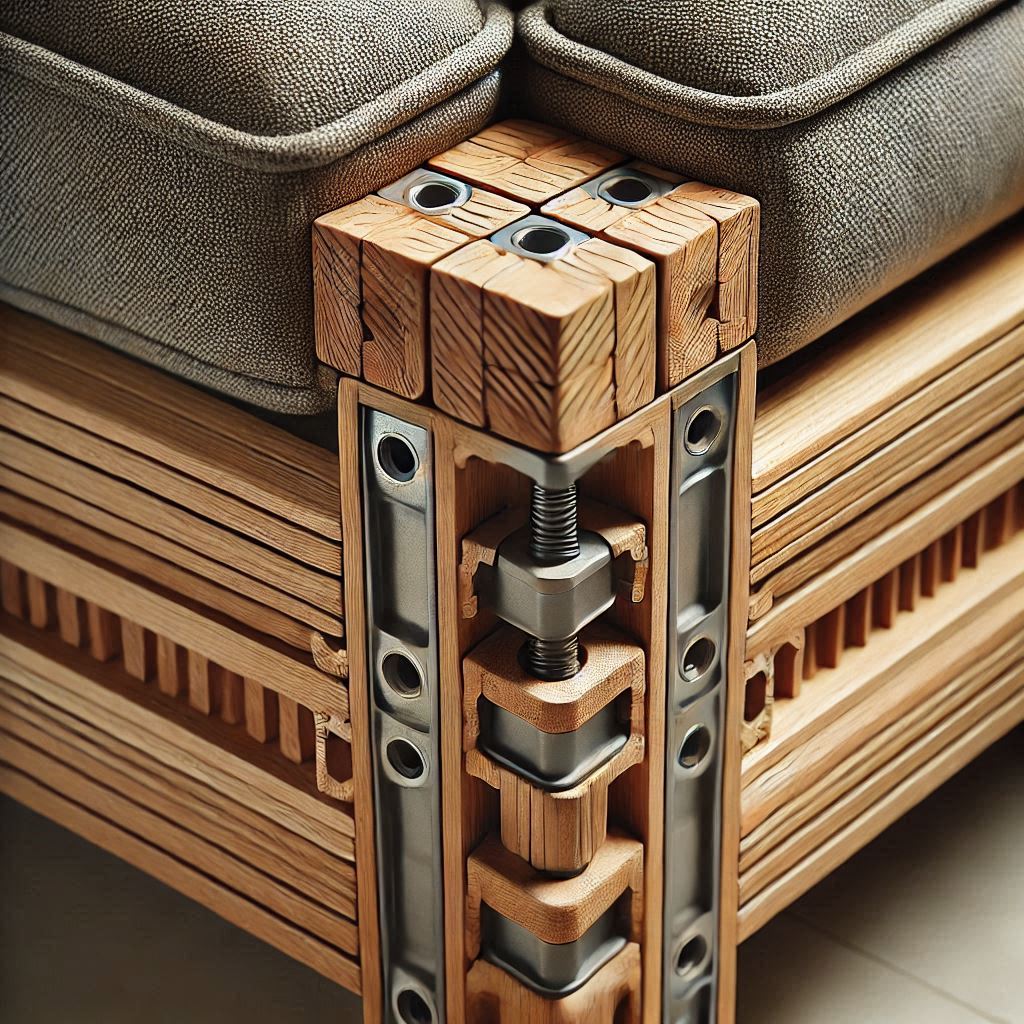
What is the Most Durable Sofa Fabric? (For When Life Gets Messy)
The most durable sofa fabrics include leather, microfiber, and performance fabrics like Sunbrella. These materials resist wear, stains, and fading.
Choosing the right fabric is crucial, especially if you have a busy household. Here are some top contenders for durability:
- Leather: Leather is a classic choice for a reason. It's durable, ages beautifully, and can withstand spills, scratches, and even the occasional pet mishap. Just remember to condition it regularly to keep it looking its best.
- Microfiber: Microfiber is a superhero in disguise. It's incredibly durable, stain-resistant, and easy to clean. Plus, it comes in a wide variety of colors and textures, so you can find the perfect match for your style.
- Performance Fabrics: Performance fabrics like Sunbrella are designed to withstand the elements, making them ideal for high-traffic areas or homes with kids and pets. They're also fade-resistant and easy to clean – perfect for those who like to live life on the sofa.
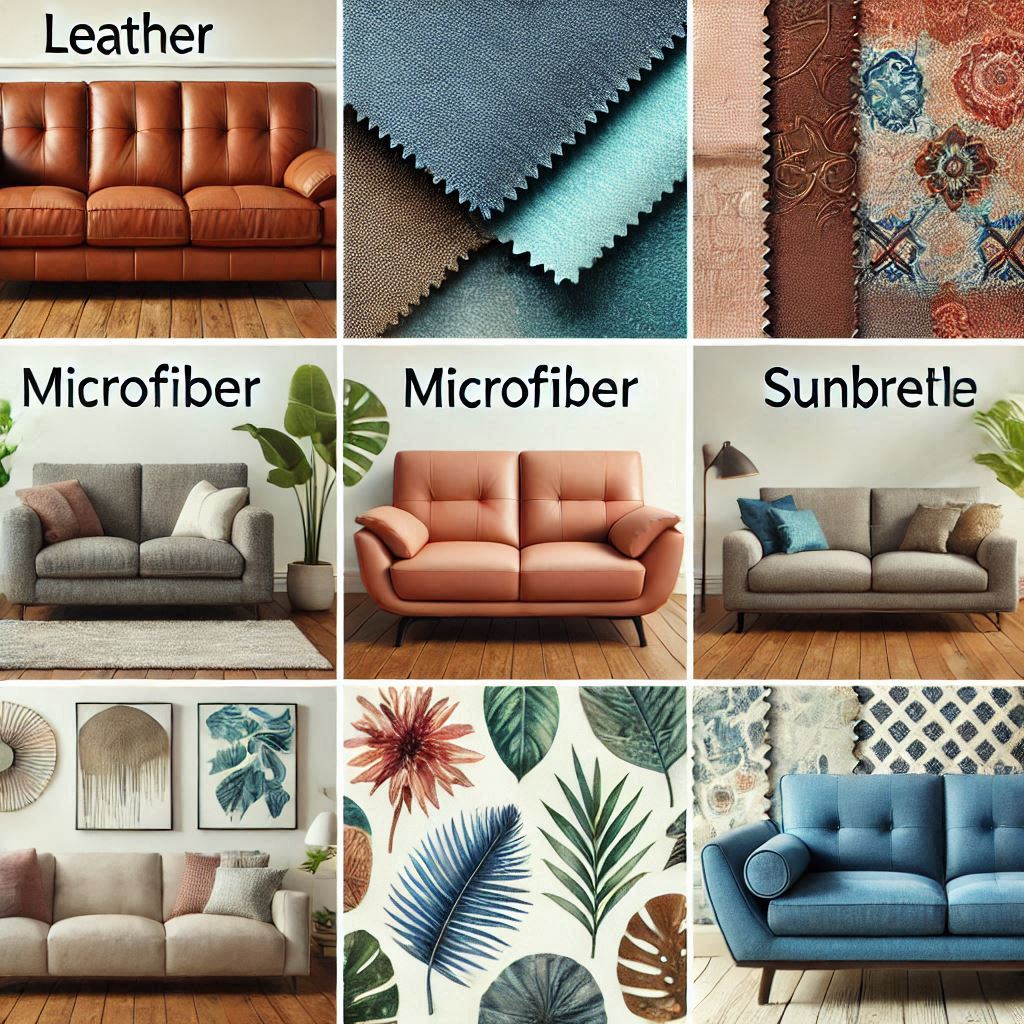
How to Check Sofa Cushion Quality (Because Comfort is Queen)
To check sofa cushion quality, assess firmness, filling material, and construction. High-density foam with a down or fiber wrap offers good support and comfort.
Alright, let's talk cushions, those fluffy clouds of comfort that make a sofa truly irresistible. Here's how to tell if those cushions are worthy of your royal behind:
- Firmness: Cushions should be like Goldilocks' porridge – not too firm, not too soft, but just right. You want enough support to keep you from sinking to the floor, but enough give to sink into blissful relaxation.
- Filling: High-density foam is the queen of cushion fillings. It's durable, resilient, and less likely to sag or lose its shape. A down or fiber wrap adds a touch of luxury and softness.
- Construction: Check those seams, honey! Welted seams and a tight, even fill are signs of quality construction. Avoid cushions that feel lumpy or uneven.
- Reversible Cushions: Cushions that can be flipped and rotated are a major bonus. This helps distribute wear and tear evenly, extending their lifespan.
How to Choose a Durable Sofa Frame (The Foundation of Your Sofa Style)
Choose a sofa frame made of kiln-dried hardwood, such as oak, ash, or maple. Look for reinforced corners with dowels, screws, or corner blocks. Avoid frames made solely of softwood or particleboard.
The frame is the backbone of your sofa, so its durability is non-negotiable. Here's what to look for:
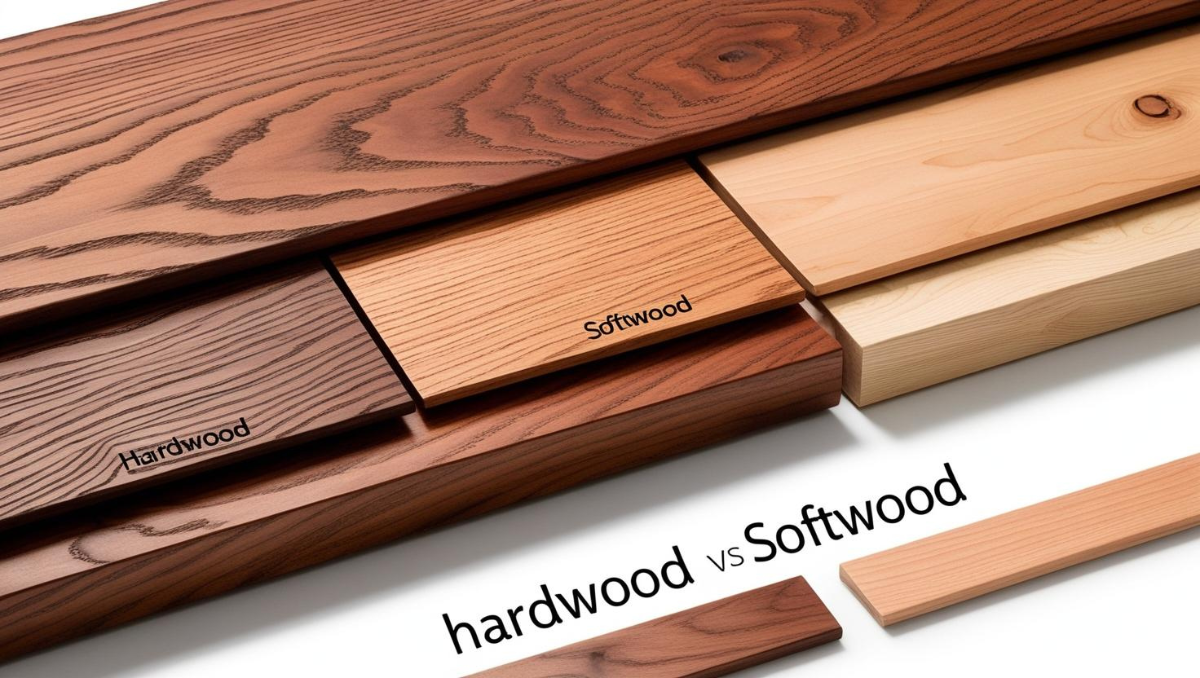
- Hardwood vs. Softwood: Hardwood (like oak, maple, or ash) is the Beyoncé of sofa frame materials – strong, durable, and built to last. Softwood (like pine or cedar) is more like that one-hit wonder – it might look good at first, but it won't stand the test of time.
- Joint Construction: Look for joints that are reinforced with dowels, screws, or corner blocks. These are the signs of a sofa that's in it for the long haul. Avoid frames held together solely by staples or glue – those are more likely to loosen over time.
- Avoid Particleboard: Particleboard is like the villain of the furniture world – cheap, flimsy, and prone to falling apart. Steer clear, my friend.
What is a Good Rub Count for Sofa Fabric? (The Secret to Stain-Resistant Style)
A good rub count for sofa fabric is 30,000 or higher. This indicates the fabric's resistance to abrasion and wear. For high-traffic areas, aim for 50,000 or more.
The rub count is a measure of how much rubbing a fabric can withstand before it starts to show wear and tear. Think of it as a durability test for your sofa's wardrobe. The higher the rub count, the more durable the fabric.
- Residential Use: For everyday use, aim for a rub count of at least 30,000. This will ensure your sofa can handle the occasional spill, pet snuggle, and impromptu pillow fight.
- High-Traffic Areas: If your sofa is going to be in a high-traffic area (like a family room or playroom), aim for a rub count of 50,000 or higher. This will give you extra peace of mind that your sofa can withstand the wear and tear of a busy household.
How to Check Sofa Spring Quality (For Bouncy, Supportive Bliss)
To check sofa spring quality, look for eight-way hand-tied springs or sinuous springs. These provide even support and resist sagging. Avoid sofas with weak or poorly spaced springs.
Springs are the unsung heroes of sofa comfort and durability. Here's how to make sure those springs are up to the task:
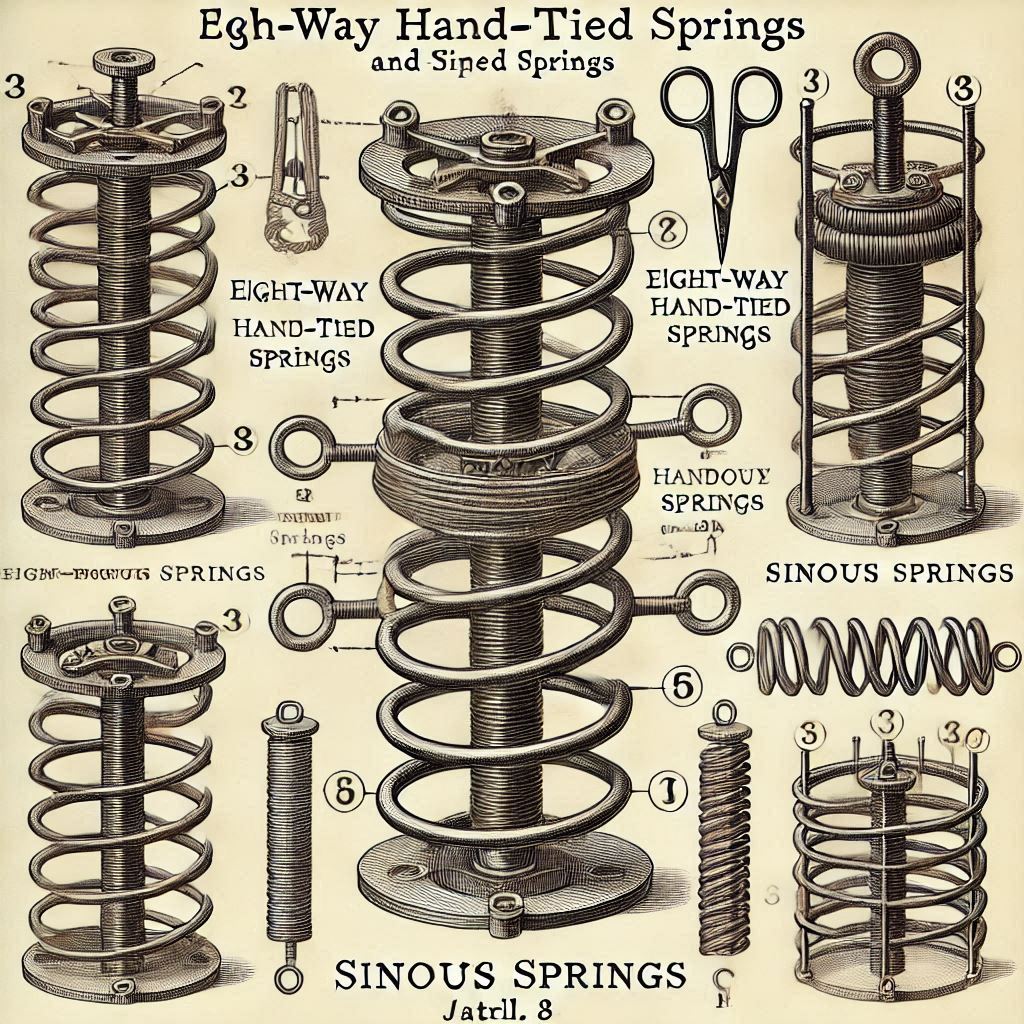
- Eight-Way Hand-Tied Springs: These are the Rolls Royce of sofa springs – traditional, durable, and offering excellent support and contouring.
- Sinuous Springs: Also known as "no-sag" springs, these are a more modern option that still provides good support and durability.
- Testing Spring Quality: Don't be afraid to get a little touchy-feely! Feel for even spacing and firmness. Avoid springs that feel loose or uneven.
Why is Sofa Durability Important? (Because You Deserve a Sofa That Lasts)
Sofa durability is important for long-term comfort, value, and sustainability. A durable sofa withstands wear and tear, retains its shape, and provides lasting support.
Investing in a durable sofa is like investing in a good pair of shoes – it's worth spending a little extra for quality that will last. Here's why:

- Longevity: A durable sofa can last for years (even decades!), saving you money and hassle in the long run.
- Comfort: Durable construction ensures consistent support and comfort over time. No more saggy cushions or creaky frames!
- Sustainability: Choosing a durable sofa reduces the need for frequent replacements, which is good for the planet and your wallet.
- Resale Value: A well-maintained, durable sofa retains its value better than a cheaply made one. So, if you ever decide to part ways, you can sell it or pass it on knowing it's still got plenty of life left.
How to Care for Your Sofa to Extend its Lifespan (Love Your Sofa, and It Will Love You Back)
To extend your sofa's lifespan, regularly vacuum it, clean spills promptly, rotate cushions, and avoid placing it in direct sunlight. Use protective covers and follow manufacturer's care instructions.
Okay, you've found the sofa of your dreams. Now, let's make sure that love lasts! Here's how to care for your sofa and keep it looking fabulous for years to come:
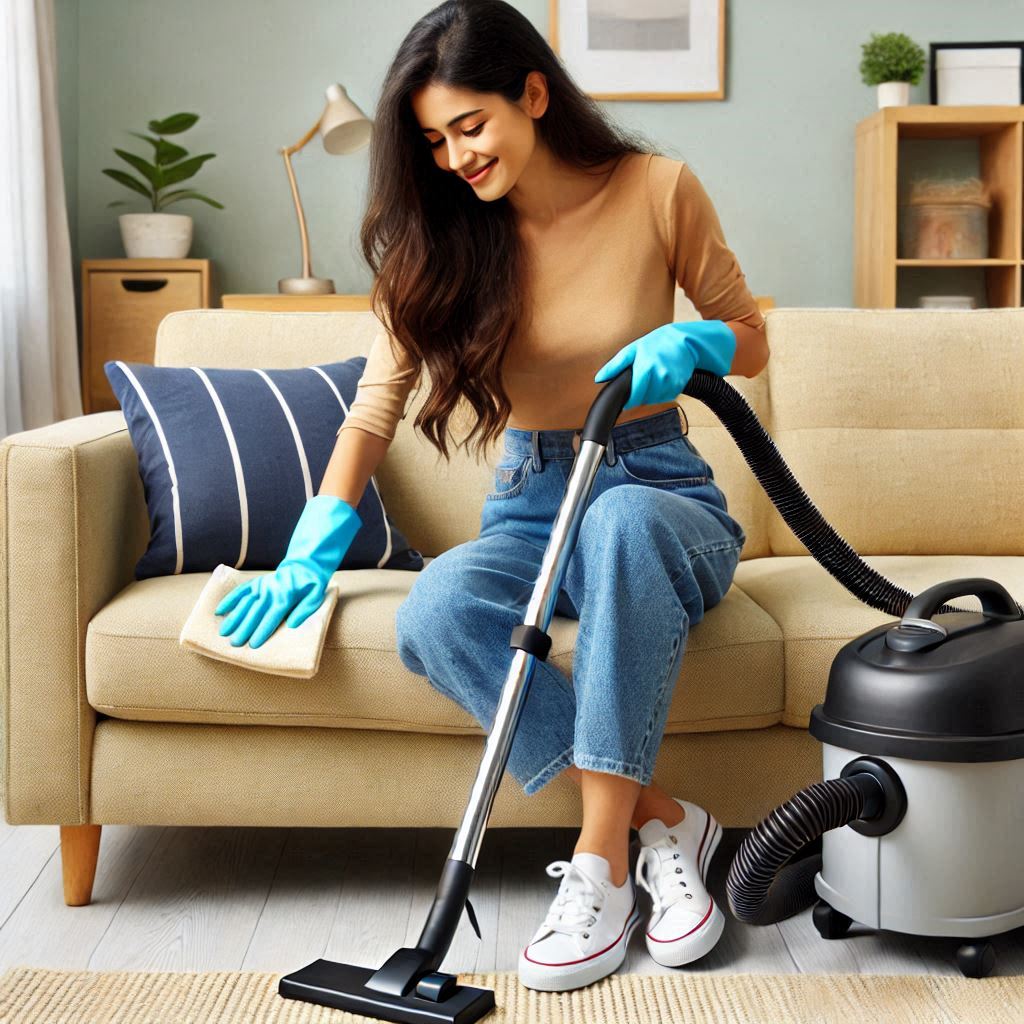
- Regular Cleaning: Vacuum your sofa regularly to remove dust, crumbs, and pet hair (because let's be real, those furry friends shed like nobody's business).
- Spot Cleaning: Spills happen, honey. But don't panic! Clean spills and stains immediately to prevent them from setting.
- Cushion Rotation: Flip and rotate those cushions regularly to ensure even wear and tear. Think of it as a spa day for your sofa.
- Sunlight Protection: Avoid placing your sofa in direct sunlight, which can cause fading and damage to the fabric.
- Protective Covers: If you're really serious about sofa longevity, consider using throws or slipcovers to protect the upholstery from everyday wear and tear.


